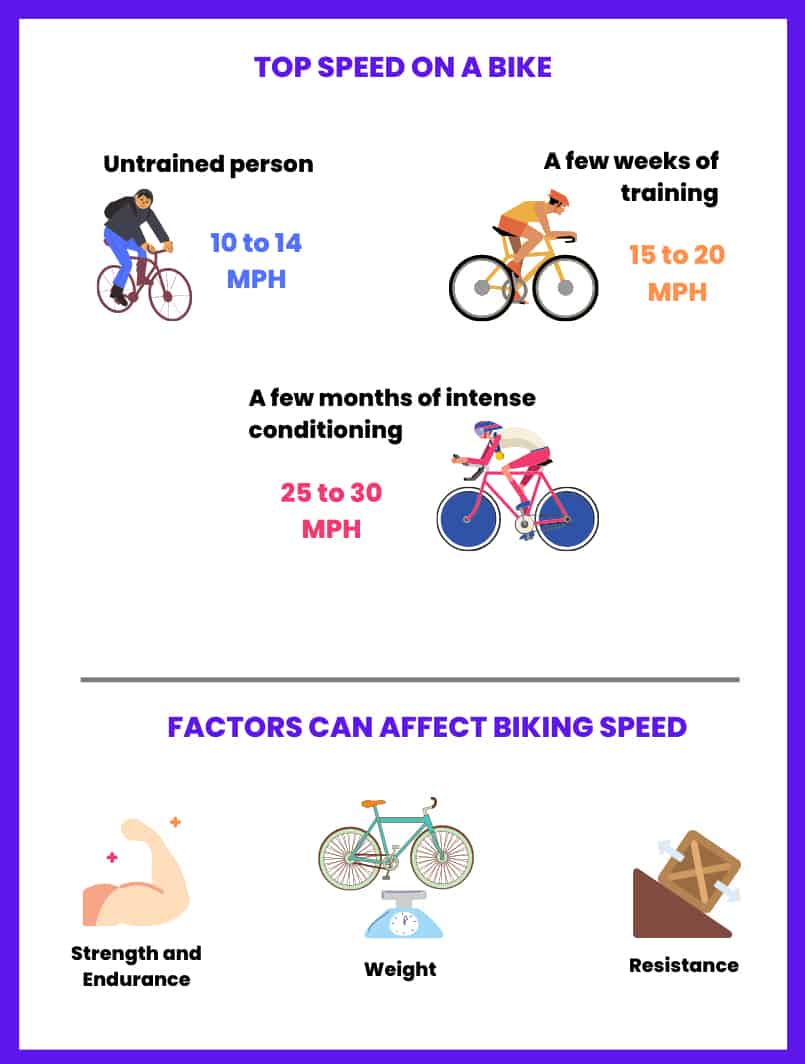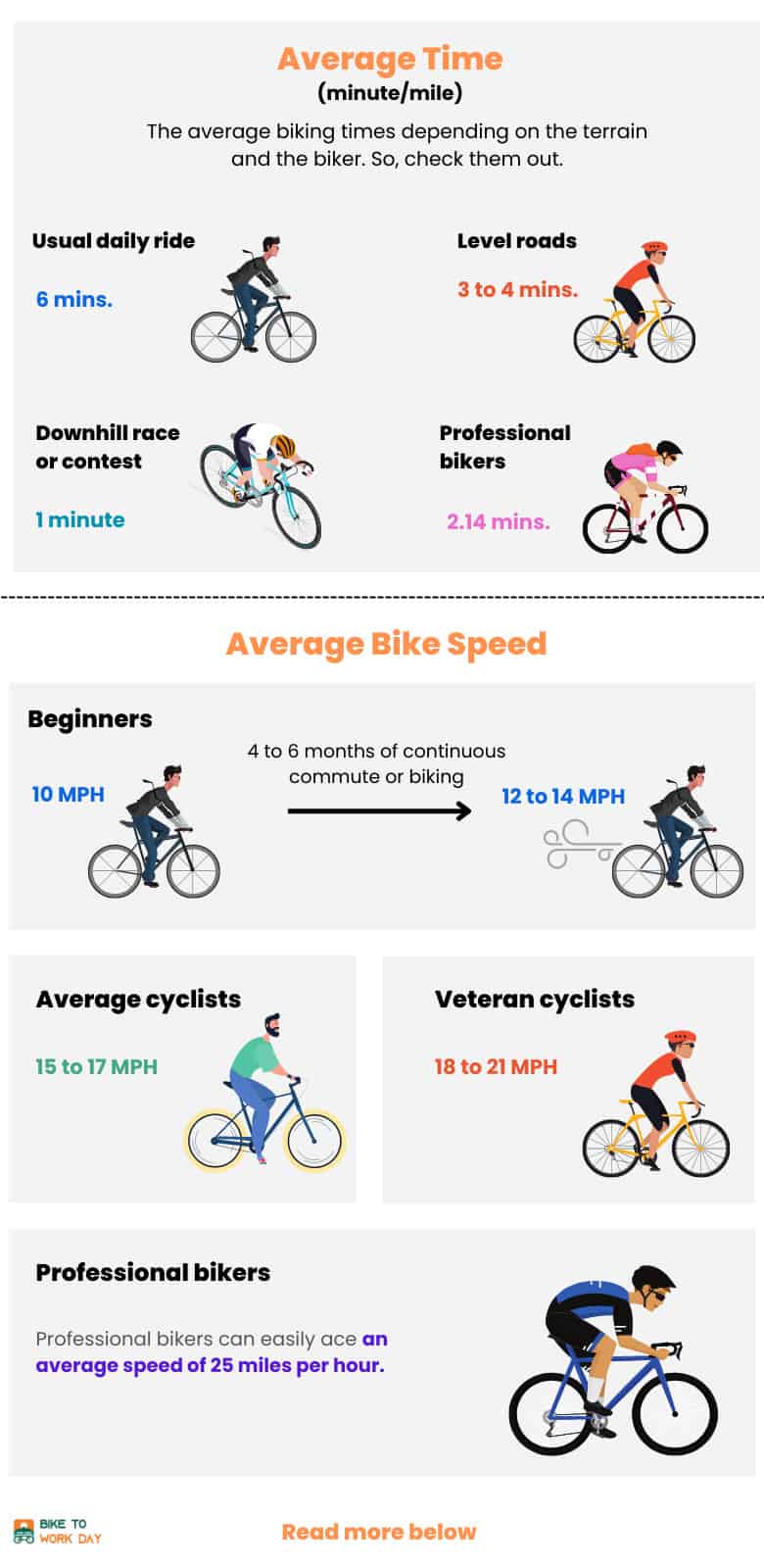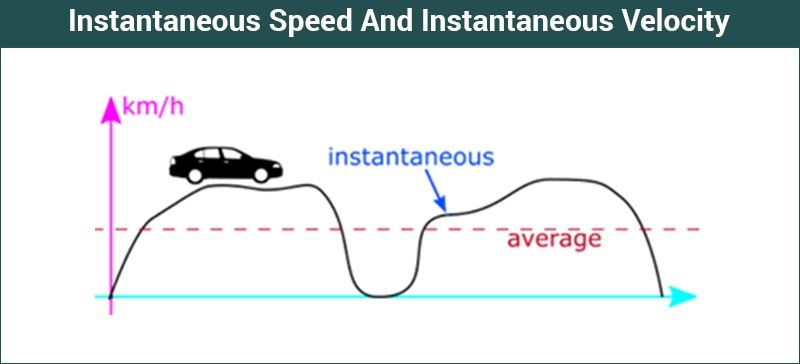Can You Cycle At Instant Speed

The whispers started subtly, a fringe theory circulating in online forums and niche scientific publications. But now, the question has broken into the mainstream: Can cycling, that seemingly mundane act of propelling oneself forward on two wheels, be performed at "instant speed"? The implications, if proven true, would shatter our understanding of physics, transportation, and perhaps even the limits of human potential.
This article delves into the burgeoning debate surrounding claims of "instant cycling," a theoretical (and highly controversial) concept suggesting that under specific, yet-to-be-defined conditions, a cyclist could traverse a distance effectively instantaneously. We will explore the physics involved, examine the evidence presented (or lack thereof), and consult with experts across various disciplines to determine whether this notion holds any scientific merit, or if it remains firmly rooted in the realm of science fiction.
The Physics Problem: Speed, Space, and Time
At its core, the concept of "instant speed" collides head-on with fundamental laws of physics. Einstein's theory of special relativity dictates that nothing with mass can travel at or exceed the speed of light. This limitation is not merely theoretical; it's a cornerstone of modern physics, confirmed by countless experiments.
The energy required to accelerate an object closer to the speed of light increases exponentially, approaching infinity as the object nears that limit. This presents an insurmountable barrier for any macroscopic object, like a bicycle and its rider.
Claims of "instant cycling," therefore, necessitate a departure from conventional understanding. Some proponents suggest potential loopholes or exploitable anomalies in the fabric of spacetime, such as wormholes or quantum entanglement, that might circumvent the light-speed barrier.
The "Evidence": Anecdotes and Unverified Claims
The primary fuel for the "instant cycling" fire is not empirical data, but rather anecdotal accounts and unverified claims circulating online. These often involve individuals reporting sudden, inexplicable appearances at distant locations after embarking on a cycling journey.
One such account, frequently cited in online discussions, involves a cyclist in rural England who purportedly vanished mid-ride, only to reappear moments later in a town several miles away. The account lacks any verifiable documentation and relies solely on anonymous testimonials.
Another recurring theme involves the misinterpretation of sensor data from cycling computers. Spikes in speed readings, often attributed to glitches or malfunctions, are sometimes presented as evidence of brief instances of "instant" travel.
Dr. Anya Sharma, a physicist at the University of Cambridge specializing in spacetime distortions, dismisses these claims as statistically insignificant anomalies. "These reports are often based on faulty equipment, misremembered details, or outright fabrication," she states. "There's no credible scientific evidence to support the notion of instantaneous cycling."
Alternative Explanations: Perception and Deception
Even without invoking exotic physics, there are more plausible explanations for the reported anomalies. Human perception of time and distance can be easily distorted, especially under conditions of fatigue or stress.
A cyclist experiencing extreme exhaustion might misjudge the length of their ride or experience brief periods of disorientation, leading to the perception of "skipped" time or distance. Additionally, the placebo effect can play a role. If a cyclist believes they are capable of "instant cycling," they might be more prone to interpreting ambiguous experiences as evidence of it.
Furthermore, the possibility of deliberate deception cannot be ruled out. The internet is rife with fabricated stories and staged events, and the "instant cycling" phenomenon could simply be a case of elaborate hoaxing for attention or notoriety.
The Role of Quantum Entanglement: A Misunderstood Connection
Some proponents attempt to link "instant cycling" to the phenomenon of quantum entanglement, where two particles become linked in such a way that they share the same fate, no matter how far apart they are. The state of one particle instantly influences the state of the other, seemingly exceeding the speed of light.
However, this connection is based on a fundamental misunderstanding of quantum entanglement. While the correlation between entangled particles is instantaneous, it cannot be used to transmit information faster than light.
Professor Ben Carter, a quantum physicist at MIT, clarifies: "Entanglement is a fascinating phenomenon, but it doesn't allow for the instantaneous transfer of matter or energy. You can't use entanglement to teleport a bicycle across a distance, let alone a person."
The Scientific Consensus: Skepticism and Refutation
The overwhelming consensus within the scientific community is that "instant cycling" is not possible, based on our current understanding of physics. No credible evidence supports the claim, and the theoretical arguments presented are based on misinterpretations of existing scientific principles.
Numerous peer-reviewed studies have investigated the limitations of human speed and endurance on bicycles, consistently demonstrating adherence to the laws of physics. These studies have focused on factors such as aerodynamic drag, rolling resistance, and the physiological limits of human muscle power.
The Union Cycliste Internationale (UCI), the governing body for cycling sports, has issued no official statement on the matter, as the claims are considered too fringe to warrant serious consideration. However, anecdotal reports suggest they find the idea "amusing."
Looking Ahead: The Power of Imagination and the Pursuit of Innovation
While "instant cycling" may remain firmly in the realm of science fiction, the debate it has sparked highlights the enduring human fascination with pushing the boundaries of what's possible. The very act of questioning established norms can sometimes lead to unexpected breakthroughs.
Although instantaneous travel is unlikely, continuous advancements in cycling technology, such as improved aerodynamics, lighter materials, and more efficient power transfer, continue to push the limits of human performance. The quest for faster, more efficient cycling may not achieve "instant speed," but it will undoubtedly lead to further innovation and improved cycling experiences.
Ultimately, the notion of "instant cycling" serves as a reminder of the power of imagination and the importance of maintaining a healthy skepticism in the face of extraordinary claims. While the possibility remains remote, the pursuit of the seemingly impossible can often lead to remarkable discoveries along the way. And while you might not be able to cycle at instant speed, there are plenty of ways to make your next ride faster and more enjoyable!





+Ex:+Speedometer+in+a+car+measures+instantaneous+speed..jpg)












